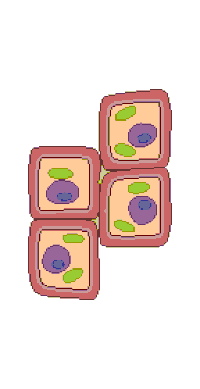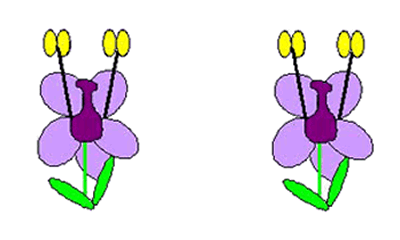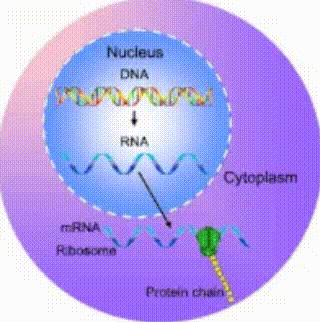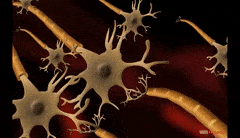Students will be adept at identifying and distinguishing various animal and plant tissues, understanding their respective functions in organisms. They will also compare structural features and organizational patterns between animal and plant tissues, recognizing real-life examples. Ultimately, students will gain a deeper appreciation for the diverse tissues across kingdoms, enhancing their comprehension of biological complexity.

Learning Objectives:
Students will be able to identify plant vegetative and reproductive structures. Students will understand basic principles, processes, and functions of plant growth and reproduction, vegetative growth and reproductive growth, fertilization, and fruit formation.

Students should be able to describe the major components of a cell, including the cell membrane, cytoplasm, nucleus, ribosome, endoplasmic reticulum etc. Students should appreciate the differences between a plant and animal cell.


